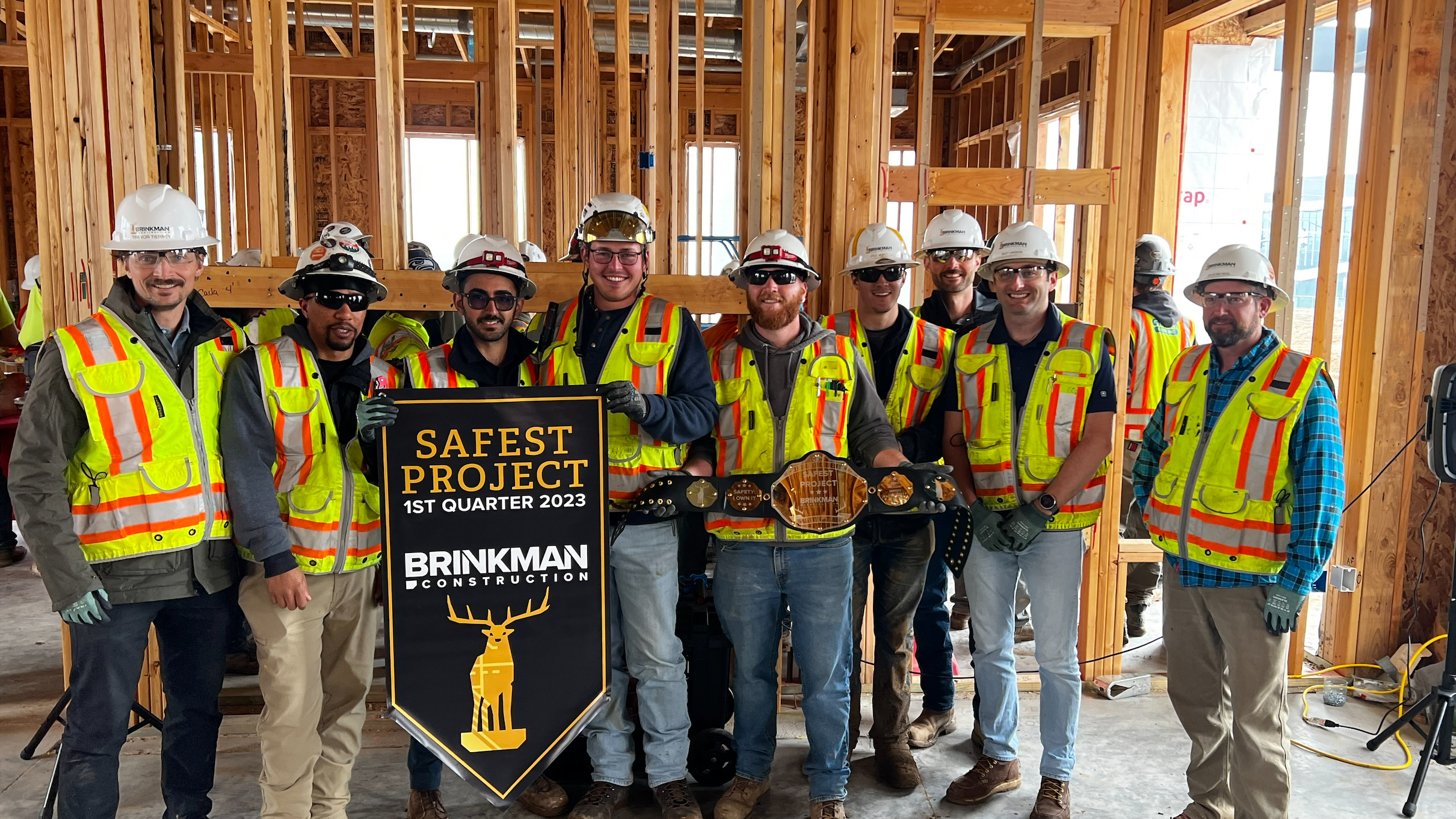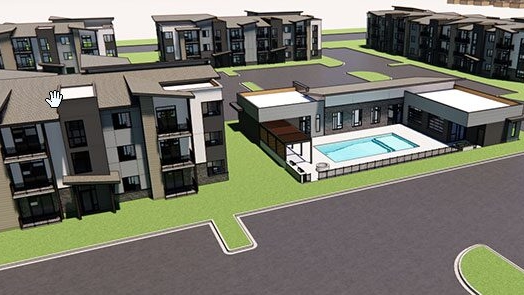
Every industry is feeling the upheaval caused by the relentless challenges of 2020. Whether it was pivoting to a fully remote workplace, changing your business model completely, or taking on teaching a virtual kindergarten class, it’s been a roller coaster of a year. In construction, material pricing has always been a hot button topic, but it reached new heights in the last 12 months. Specifically, the cost of lumber has taken a complete diversion from the typical patterns we’ve seen in the past. Decades of data have shown typical peak purchasing windows for lumber, but 2020 turned that data on its head.
Unique variables at work
When we look at the volatility of lumber pricing last year, it’s a perfect storm of many variables culminating at once: decreased supply, increased demand, and mass economic uncertainty. We’ve seen one or two of these variables in the past, but never have we experienced such an unprecedented spike in prices due to the outsized demand. One of the earliest factors we experienced last year was foreign borders closing due to the pandemic, putting an abrupt halt on lumber importing. As the pandemic continued to spread, production mills began to temporarily close or operate at reduced capacity due to outbreaks, preventive measures, or mandates from local governments.
With companies transitioning to remote environments, people began sprawling from urban areas in record numbers, increasing single-family home production, and at the same time, big box stores increased purchasing due to the DIY craze eating up supply. The addition of a record-breaking number of wildfires last year was just the icing on the already dismal cake to the heightened question marks for the lumber industry.
Risk tolerance drives strategy
As a contractor, we have to play an active and informed role in analyzing supply and demand. Our preconstruction department tracks commodities closely to enable us to make recommendations that support each clients’ unique goals based on where pricing is headed in the coming months and years. It takes this dedicated team to build estimates tailored for each project.
Determining the risk tolerance for all parties is a key part of our lumber procurement strategy. Understanding the contract structure, who assumes the risk, and what benefits there may be to each party are all considered and actively discussed, especially as we head into final pricing efforts. We have to know when it’s preferable to turnkey material or purchase direct and, ultimately, our clients benefit from the strong partnerships we’ve built with suppliers and subcontractors that enable us to make more informed decisions. As project budgets get tighter due to stabilizing rents, early alignment on strategy is crucial to finding success for all parties.
Above all else, having key partners and a strategy is paramount. Building strong relationships with longstanding and trusted suppliers and subcontractors is what makes a project viable in today’s volatile landscape. Owners and developers can mitigate their risk and continue building projects. In fact, those that can maximize on the current market will thrive even as this pandemic continues.





